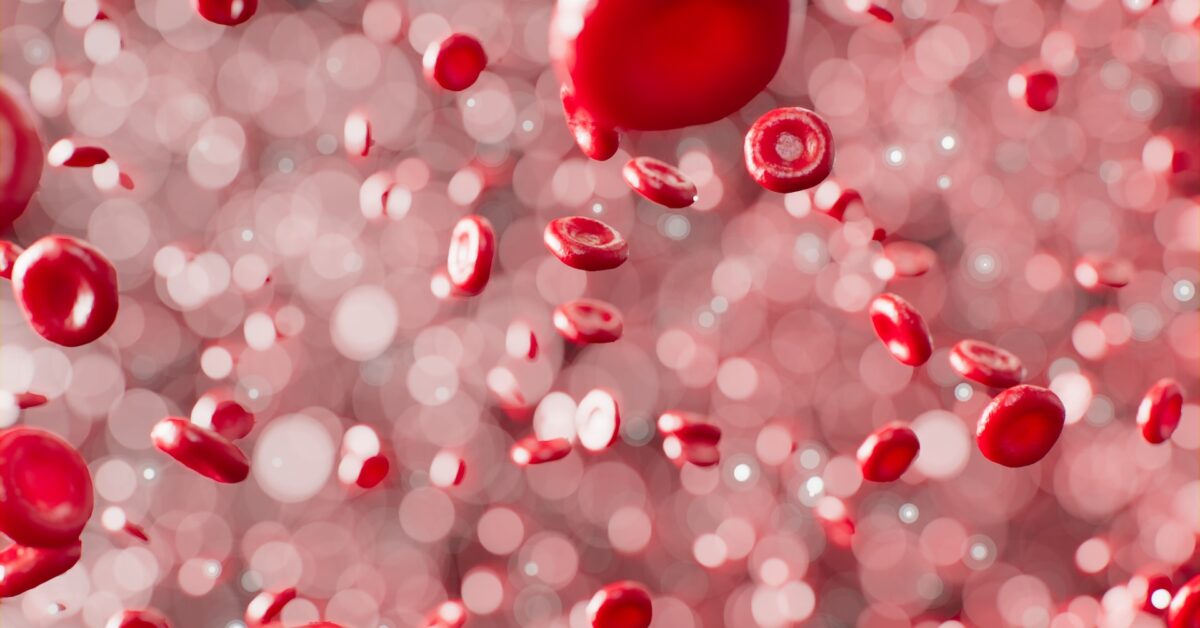Kupffer cells are a type of liver macrophage in the liver sinusoids. They are immune cells that have an essential role in our body’s innate immunity and help protect the liver against bacterial infection.
These cells are known to be the first macrophages to encounter gut bacteria and microbial debris that have been transported into the liver from the gastrointestinal tract. They also interact with hepatocytes and liver sinusoidal endothelial cells.
What Are They?
Kupffer cells are a type of macrophage. They are the first immune cells to enter the liver, engulfing bacteria and other microbial debris carried by the bloodstream to the liver from the gastrointestinal tract. These macrophages have a large surface area, which allows them to rapidly engulf the microbial debris and other foreign materials that enter the liver through the portal vein. They also have a high density of phagocytic receptors on their surfaces. They produce a variety of pro- and anti-inflammatory molecules that stimulate the local immune system to fight infection or protect against inflammation. They also help activate the innate immune response to injury and promote hepatic regeneration. The inflammatory response to liver injury is a complex process that requires precise timing of the production and release of pro-inflammatory molecules. These molecules are necessary for the liver to repair itself.
These findings have led to the development of therapeutic strategies that can regulate the activity of Kupffer cells during liver disease, which is critical for maintaining liver function and preventing injury. The role of Kupffer cells in hepatocyte regeneration is significant, as they are crucial for synthesizing Wnt3 ligands that promote hepatic progenitor cell speciation after liver injury.
How Do They Help Our Immune System?
Kupffer cells are part of the mononuclear phagocytic system, which removes senescent and foreign cells. They are located in liver sinusoids and are surrounded by endothelial cells (ECs). Kupffer cells can also clear dead or dying erythrocytes. This phagocytosis of senescent or dead red blood cells allows the liver to recycle its own hemoglobin. They also protect the liver against pathogens and other foreign cells. They do this by secreting cytokines and chemokines that can trigger the immune system to attack the diseased tissue. In addition to these functions, Kupffer cells function to recognize and kill other hepatocytes in the liver. They can also respond to chemicals that cause hepatocyte injury, such as chemical reagents or acetaminophen. Under pathological conditions such as alcoholic liver disease, NAFLD, or exposure to chemical reagents and toxins, hepatocytes become damaged or die. This leads to releasing many molecules that activate Kupffer cells, which can synthesize and secrete important cytokines, chemokines and inflammatory mediators. Activation of Kupffer cells and their subsequent development into alternative macrophages (AM) leads to the development of chronic inflammation, fibrosis, and tumor growth. Consequently, it is important to understand these immune cells’ role in hepatocyte injury and repair.
What Are Their Functions?
Kupffer cells are the major immune cells that reside permanently in the liver and have a key role in dead or dying erythrocyte clearance and fighting bacterial infections. They also serve as a gatekeeper of the liver sinusoid, producing pro- and anti-inflammatory cytokines when they engage pattern recognition receptors like Toll-like receptors. These cells are also responsible for various metabolic activities that help control the liver’s health. They produce a variety of enzymes that regulate the metabolism of blood proteins, lipids and metabolites. In particular, KCs are known to oxidatively degrade the heme molecules contained in senescent erythrocytes and control hepatic hepatocytes synthesis of bile pigments and carbon monoxide via heme oxygenase one expression in their endoplasmic reticulum and peri-nuclear envelope. The activation of KCs can also have a pre-metastatic effect on the liver by forming a fibrotic microenvironment, recruiting bone marrow-derived cells and contributing to liver metastasis. In contrast, KC depletion during the early stages of colorectal cancer liver metastasis increased tumor growth.
What Are They Made Of?
Kupffer cells are resident macrophages that are a critical component of the liver’s innate immune system. They are also a key cell type in liver injury and repair. They are located in the hepatic sinusoids, specialized blood-filled channels extending from the hepatic ducts into the hepatic lobules of the liver. These channels are found between the sinusoidal endothelial cells and the hepatocytes. They are responsible for clearing and phagocytosing foreign particles that enter the liver from the gut or the bloodstream. The sinusoidal Kupffer cells and sinusoidal endothelial cells form the reticuloendothelial system, which clears antigens and pathogen-associated molecular patterns (PAMPs) from sinusoidal blood, as well as degrading toxins, such as Con A, in sinusoidal tissues. They also cleave red blood cells to recycle hemoglobin and convert heme, the iron-containing portion of red blood cell globin chains, into glucuronic acid and bilirubin, which are then secreted into the bile.
Depending on their location within the hepatic lobules, they are heterogeneous in function and structure. In the periportal zone, they are directly exposed to blood flow and are more lysosomal in activity; however, centrilobular Kupffer cells experience less perfusion but are capable of expressing greater levels of superoxide radical. This ability to produce more oxidative stress allows Kupffer cells to effectively deal with deeply-penetrating injuries and infections, such as viral hepatitis.


